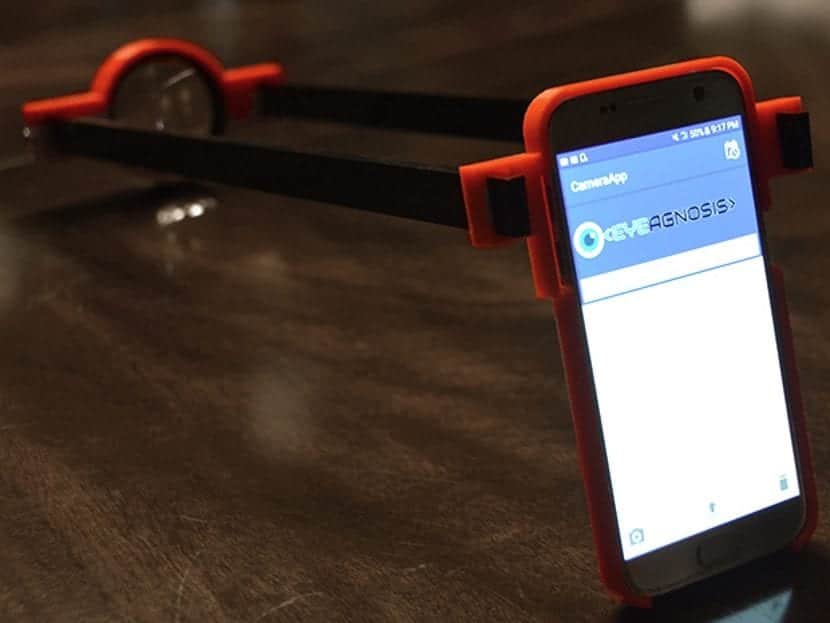
Kavya Kopparapu, a teenager living in Virginia, used a smartphone, 3D printer, and artificial intelligence to develop eyeagnosisand an portable diagnostic system and cheap to diagnose Diabetic retinopathy. This disease is a complication of diabetes that damages blood vessels on a person's retina and can lead to visual impairment.
Kopparapu has been interested in science all her life and after attending a programming workshop organized by the National Center for Women and Information Technology, she has added programming to her hobbies.
Kopparapu's grandfather, who lives in India, started showing symptoms of the disease in 2013. It can often go unnoticed, and although it was eventually diagnosed and treated, his vision deteriorated. According to Kopparapu, out of a total of 415 million people with diabetes, one third will develop diabetic retinopathy, and although medication and surgery can stop or even reverse eye damage if caught over time, the 50% will not be diagnosed, half of patients with severe forms will go blind in five years.
«Lack of diagnosis is the biggest challenge. In India, there are programs that send doctors to villages and slums, but there are many patients and only many ophthalmologists.
He wondered if there was a easy and inexpensive way to diagnose the disease, and the idea for Eyagnosis emerged, a system that could turn a lengthy and expensive diagnostic procedure into a simple photo session. Kopparapu got to work, spending a lot of time on Google and emailing doctors and researchers, before formulating a plan. She teamed up with her brother and classmate, and used a convolutional neural network (CNN) to establish the diagnostic AI behind Eyeagnosis. Neural networks analyze large data sets and look for similar patterns, Since the design resembles the visual system of the human brain, CNNs are excellent for classification.
He used ResNet-50, a CNN developed by Microsoft researchers, to build his network, and used the 34.000 retinal scanners found in the database EyeGene from the National Institute of Health in America (NIH) as learning data, so she and her team could teach the AI system to recognize the signs of disease in photos of the eyes and give a preliminary diagnosis. Many of the images in the database were poorly exposed or blurry, but according to Kopparapu, this detail has helped improve the system.
«The quality of the images used in learning the neural network is very representative of the conditions that would be obtained with the use of a smartphone«
His team trained ResNet-50 to detect diabetic retinopathy as accurately as a real pathologist. It also detects microaneurysms and blood vessels in each image without the need to inject fluorescent dye into the diagnosed eye.
Last fall, the Aditya Jyot Eye Hospital in Mumbai agreed to test Eyeagnosis app, and in November, sent the first 3D printed prototype to the hospital, and the system has already hmade accurate diagnoses for five patients.
Eyeagnosis has a long way to go in which to diagnose an enormous number of cases to prove that it is a reliable system. The validation processes that any project related to medicine must follow are very rigorous and it will surely be difficult for you to get a large company to help you. But all these difficulties do not detract from the great achievement of this teenager.